

The unbelievable second career of Albert Speer: How did a man in charge of 12 million slaves become “the good Nazi”? A cautionary tale about his 1971 attempt to whitewash his past with a Hollywood adaptation of his wartime memoir, “Inside the Third Reich”.

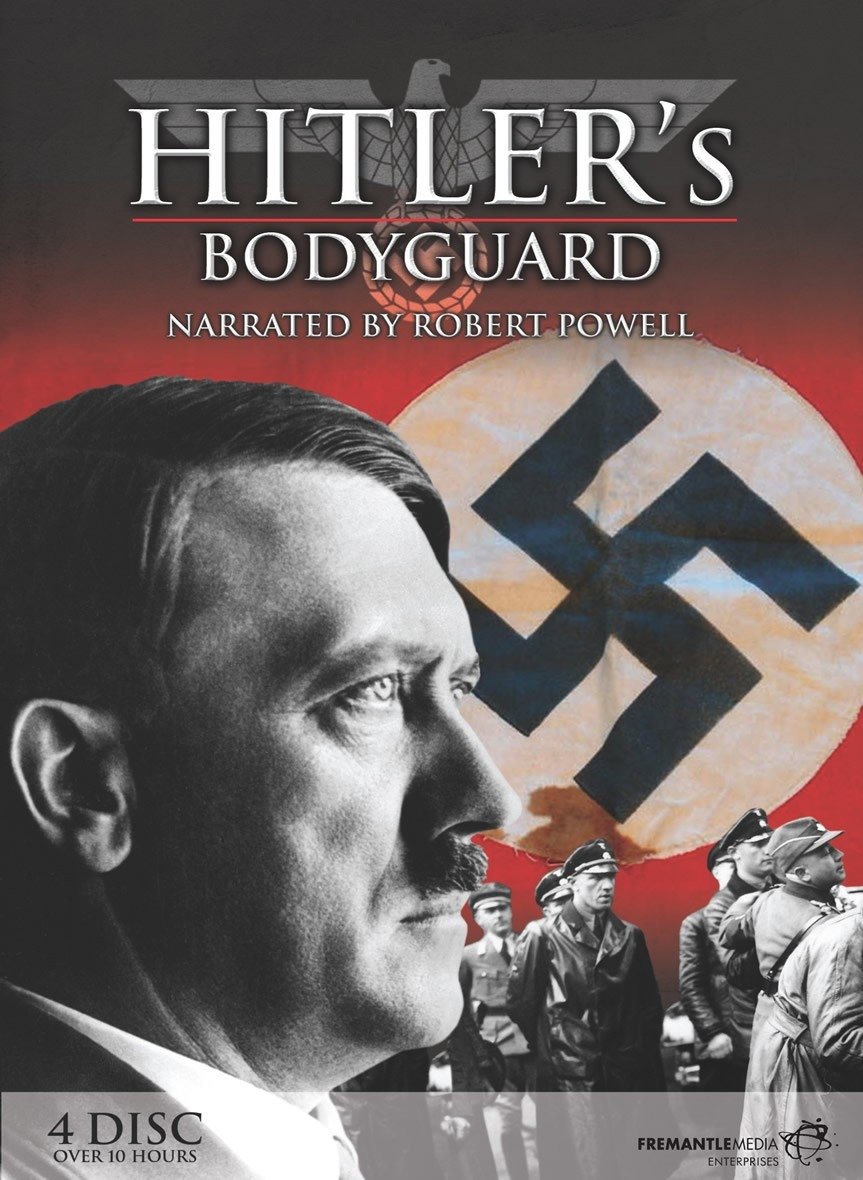
Adolf Hitler caused the deaths of fifty million people. An entire nation followed him to ruin. Over a tumultuous 12 years Adolf Hitler went from being a minor rabble-rousing politician, to supreme leader of Nazi Germany. He was hated by those he persecuted, and even by some of his own commanders - yet in twenty-five years no one managed to kill him. This program shows how Hitler's bodyguards helped him cheat death on many occasions. They expanded from a handful of thugs recruited to protect political meetings and fight opponents on the streets, to many thousands - including some of the most fearsome secret police and paramilitary forces the world has ever known.
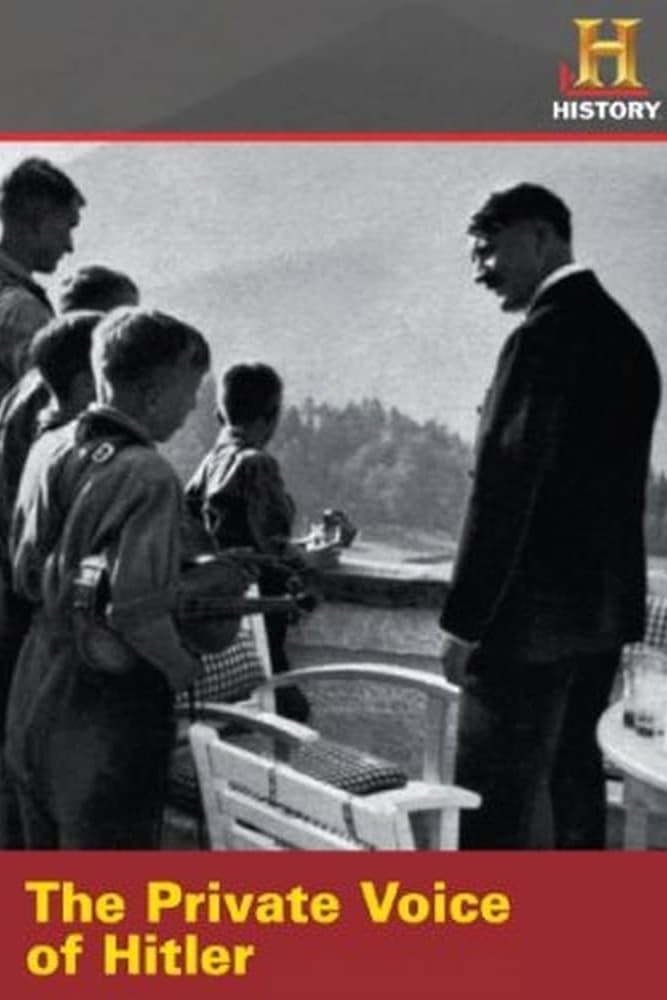
Everyone knows the public archive footage of Hitler. But most of it is silent. What was he saying? Special computer technology enables us for the first time to lip-read the silent film.
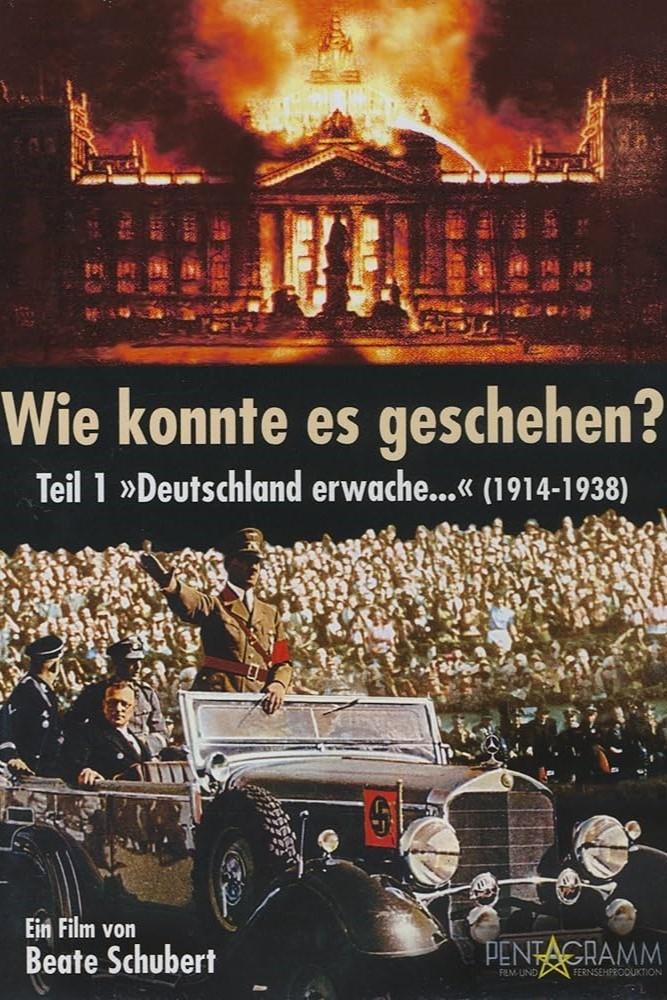
In 1945, 160 German cities lay in ruins and the loss of millions of lives, billions in material assets and countless cultural treasures was mourned throughout Europe... With the question “How could it happen?”, the film goes back to the year 1914, when the “primal catastrophe of the 20th century” took its course with the First World War.

In September 2001, respected German historian Lothar Machtan dropped a bombshell on the world of Hitler studies: Hitler was secretly homosexual. His highly acclaimed and explosive book "The Hidden Hitler" ignited a storm of controversy. With information from the bestselling book, award-winning filmmakers Fenton Bailey, Randy Barbato and Gabriel Rotello explore areas of the Führer's private life.
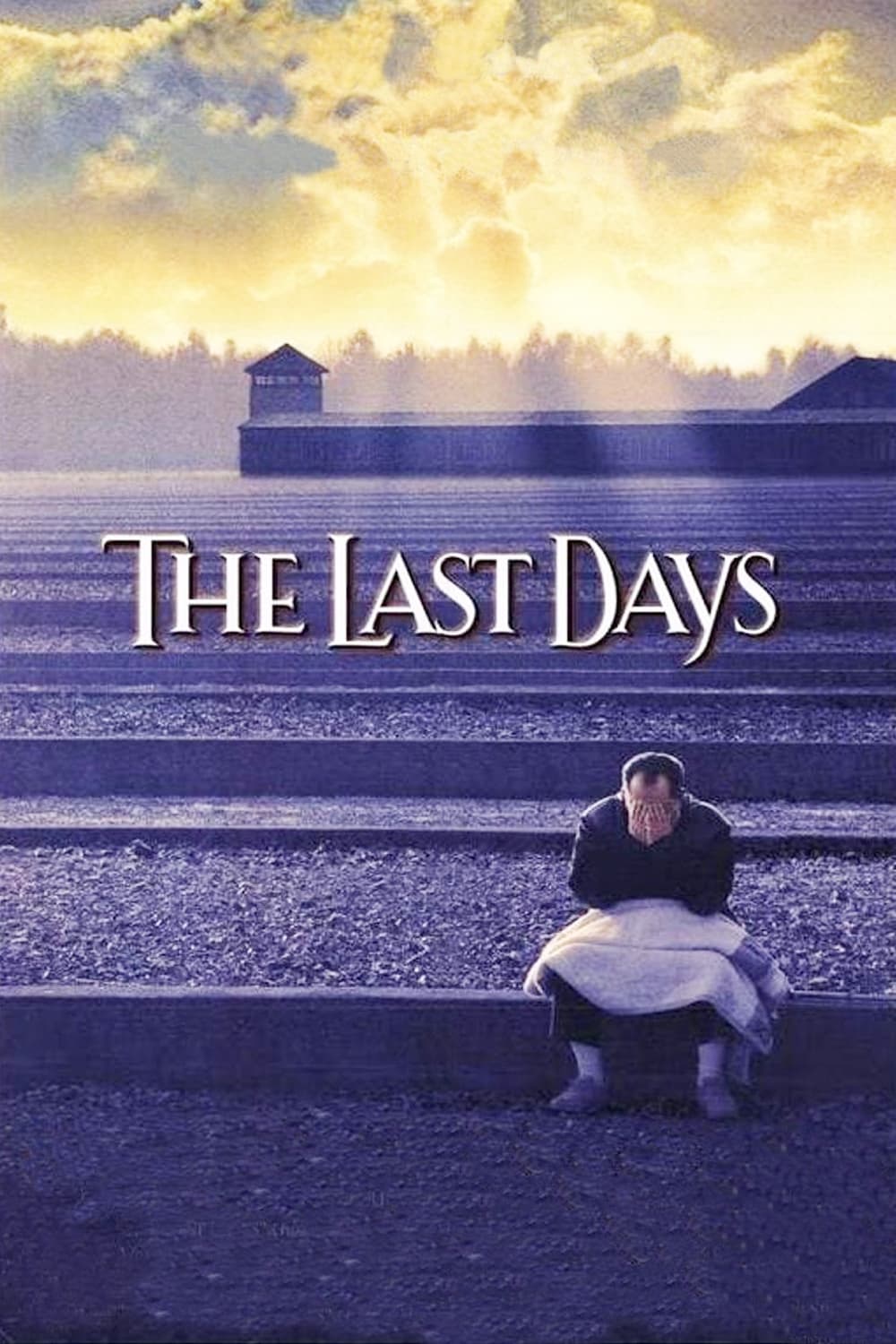
Five Jewish Hungarians, now US citizens, tell their stories: before March 1944, when Nazis began to exterminate Hungarian Jews, months in concentration camps, and visiting childhood homes more than 50 years later. An historian, a Sonderkommando, a doctor who experimented on Auschwitz prisoners, and US soldiers who were part of the liberation in April 1945.
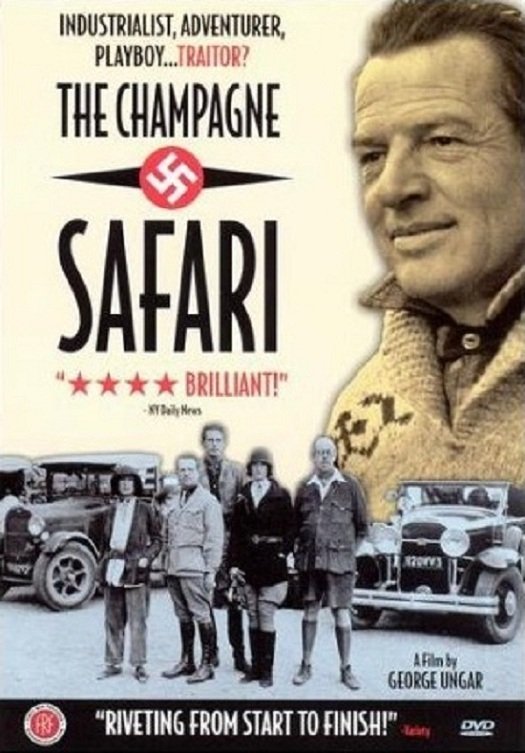
The story of Charles E. Bedaux, Franco-American industrial efficiency expert, adventurer, and Nazi collaborator. In 1934, he bankrolled a 1,200-mile expedition across northern Canada, supported by an outrageously equipped entourage. Documentary about a wealthy adventurer whose Nazi ties eventually led to charges of treason.
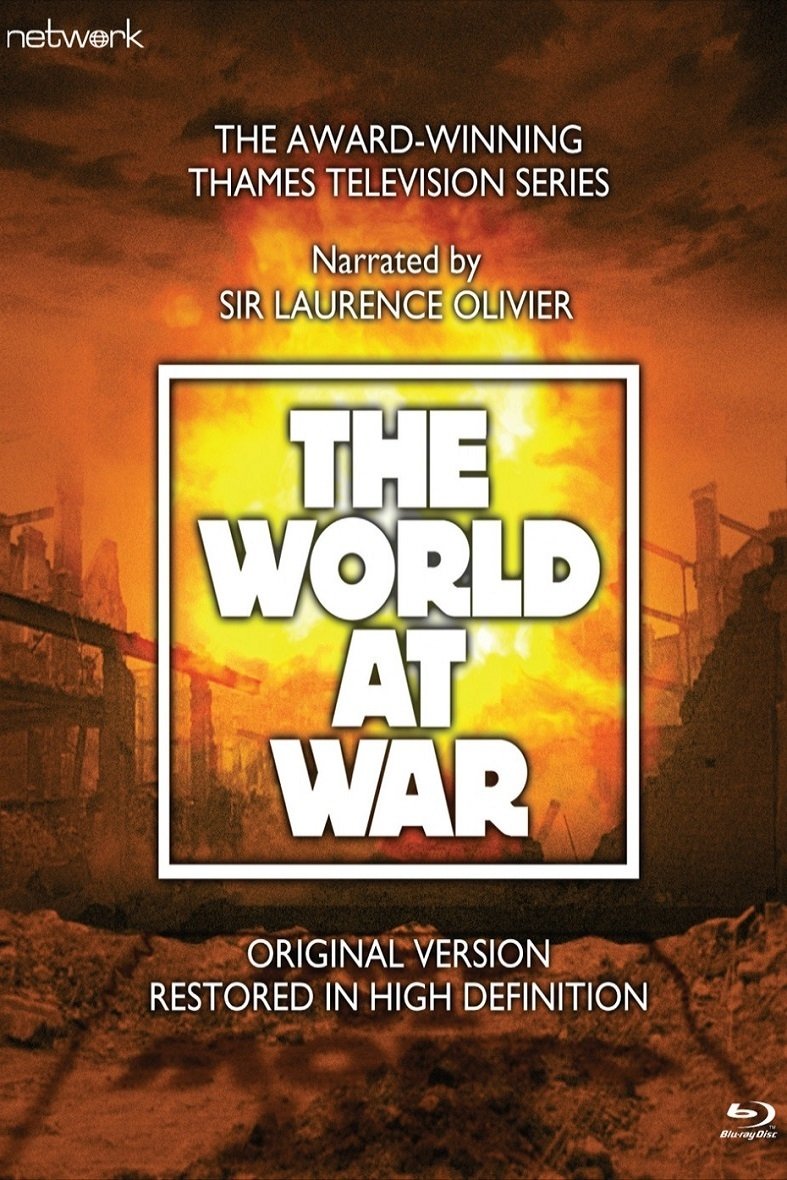
The making of 'The World At War'. Each film in the 26 episode series had to be an essay on an aspect of the war, because the length and separate aspects of the war was far too much to cover in detail. Jeremy Isaacs talks about the production process and the aims of the project. The intention of the crew that were involved with the various skills in making 'The World at War' had no desire to use film from British, German, French, Polish, Russian, Japanese, or the Americans because of their specific means of showing the winning side of a specific action. Rather, an effort was made to interview people who were not part of the establishment, but rather the common people or assistants and secretaries of historical persons. Film was researched for those films from cameras where there was no special subject, but those that would allow the viewer to make their own decisions about what they had just seen and heard.
Berthold Konrad Hermann Albert Speer was a German architect who served as the Minister of Armaments and War Production in Nazi Germany during most of World War II. A close ally of Adolf Hitler, he was convicted at the Nuremberg trial and sentenced to 20 years in prison.
By browsing this website, you accept our cookies policy.